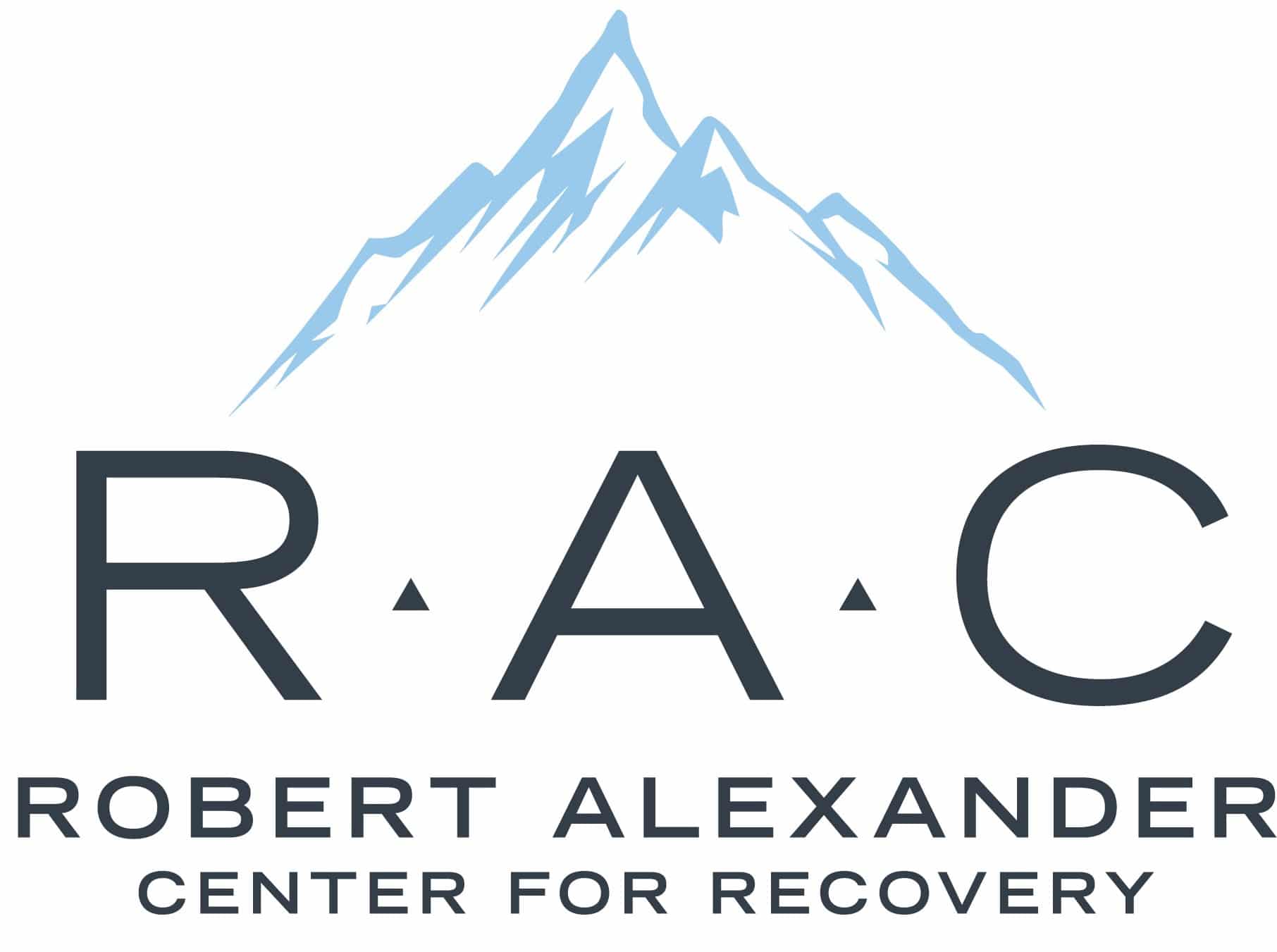We, at the Robert Alexander Addiction Treatment Center in Kentucky, are dedicated to helping all our clients get clean and sober. We use a variety of addiction treatment programs to achieve this including different kinds of therapy e.g. individual, group, and family therapy. Sometimes we recommend some of our clients get detox or medical-assisted therapy to flush out the chemicals from their system before admitting them to our rehab.
One of the most effective methods we use to help our clients get their lives back on the right track is the 12-Step recovery program. We have noticed that, if followed correctly, this particular method has a high success rate when it comes to helping people attain long-term sobriety. While methods such as detox treat symptoms, the 12-Step program goes deeper into addressing the root causes of the addiction. It teaches those battling addiction a new design for living free from dependence on drugs or alcohol. This way, the individual not only gets better but, also has a blueprint to rebuild their life after treatment.
What is the 12-Step Program?
The 12-Step based approach to addiction treatment was pioneered by Alcoholics Anonymous(AA) in the 1930s. It was originally used to help people who wished to quit drinking.
Over time, other treatment centers and rehabs adopted the 12 steps for use not only in alcohol addiction treatment but for drug treatment as well. Here at the Robert Alexander Center, we incorporate the 12 steps into treatment programs such as our Intensive Outpatient Program and the Outpatient Program.
The basic principle of the 12-Step model is that those struggling with addiction can help each other achieve and maintain sobriety but in order for healing to happen, they need to surrender to a higher power than themselves.
At our treatment center, we apply these steps in a group setting where they are discussed and applied as part of a recovery group. These sessions are led by qualified counselors. Additionally, we encourage our clients to find a sponsor, typically a more experienced recovering addict, to help them apply the steps and to act as an anchor whenever the temptation to use becomes strong.
The 12 Steps
Here is a breakdown of our interpretation of the 12 steps:
1. Admitting powerlessness.
It’s a huge step for an addict to not only admit to using drugs or alcohol but to also admit that they are powerless over their addiction. Once you accept this, your journey to recovery begins.
2. Finding faith in a higher power.
The next step involves believing that a higher power (God or whatever understand Him to be) can help you overcome your addiction. Before the higher power can get to work, you must believe that He can.
3. Surrender.
Next comes surrendering your life to the higher power and turning over your will and life to God. This is an important step as it indicates your willingness to forge a new path in life.
4. Soul searching.
Once you’ve surrendered, you proceed to take an inventory of yourself and your past actions. This can be painful as it makes you face up to how your behavior as an addict affected you and others around you. However, it can also motivate you to change your life.
5. Sharing what we’ve learned about ourselves.
After making an inventory of our wrongs, the next step in the process is admitting them to the higher power, yourself, and another person. The premise of this step is to encourage you not to keep secrets and hide your faults but to openly admit them and unload the burdens of the past.
6. Becoming ready for change.
Once you’ve got a clear picture of your character flaws, the following step is to accept them and get ready to let them go. This is meant to address some of the issues that may have prompted you to turn to addiction. If not addressed, these issues can make you relapse and go back to your harmful habits.
7. Asking the higher power to remove our shortcomings.
The previous steps were about you coming to terms with your character flaws and shortcomings. This step is about asking God or a higher power to help you remove those faults and become a better person.
8. Being willing to right our wrongs.
The 8th step involves making a list of all those you have harmed and being willing to make amends to all of them. It’s important to note that this isn’t a one-time thing but a continuous one. The list keeps growing as you recover and recollect how much harm you’ve caused due to your addiction.
9. Making amends.
Making a list of your wrongs might be humbling, but simple. This 9th step is much harder for most people as it involves asking for forgiveness from those you’ve wronged. It might be a difficult step to take but it’s a vital one to free yourself from guilt and shame over your past. This way, your past actions can’t haunt you and lead you to relapse.
10. Continuing to take inventory.
We consider addiction recovery a process, not an event and that’s where this step comes in. As you continue in your recovery journey, you have to take a continuous inventory of your life. Once you mess up and make a mistake, it’s important to own up to it and make amends, thereby keeping your conscience clear.
11. Prayer and Meditation.
As you proceed through your recovery journey, prayer and meditation become vital parts of your life. These are tools you’ll need daily to remain grounded and to keep you connected with the higher power. They also help you discover your new path in life.
12. Helping others in need.
The final step is about service. By helping others who are battling addiction, you get to practice and reinforce these 12 steps, improving both your life and theirs in the process.
For more information on our 12-Step Recovery Program in Kentucky, email us or give us a call.

